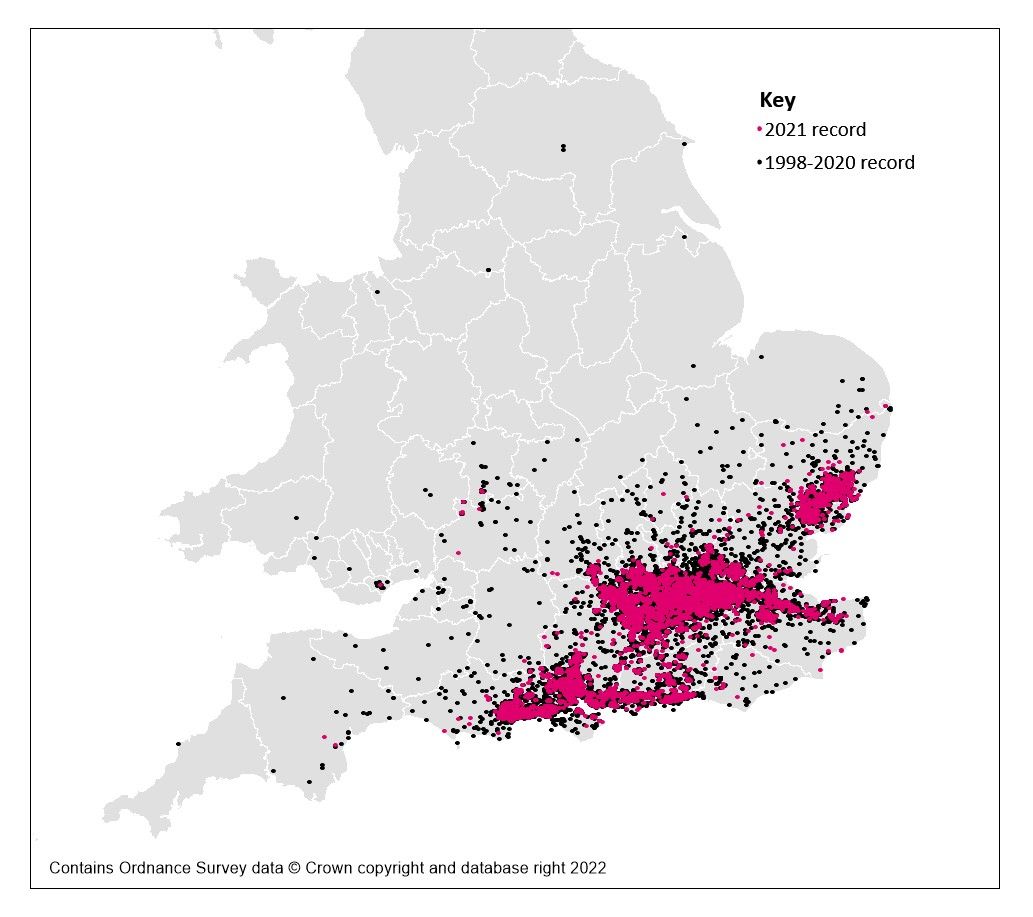denislawsbackheel
Well-Known Member
- Joined
- 28 May 2008
- Messages
- 26,103
- Team supported
- We went to Rotherham…
Millions of wood lice under the pots in my garden.I accept that flies will be attracted by rubbish etc.
That's a given.
To return to the general point raise.for example..when was the last time you saw a Stag Beetle,a centipede,woodlouse...these 3 were all multiple daily sightings for me as a kid in the 70s....
Red spider mites over the outside window ledges.
Had a wasps nest that we had to get rid of.
Open the patio door at night and millions of the buggers come in attracted by the lights.
Never seen a stag beetle in 70 years.

